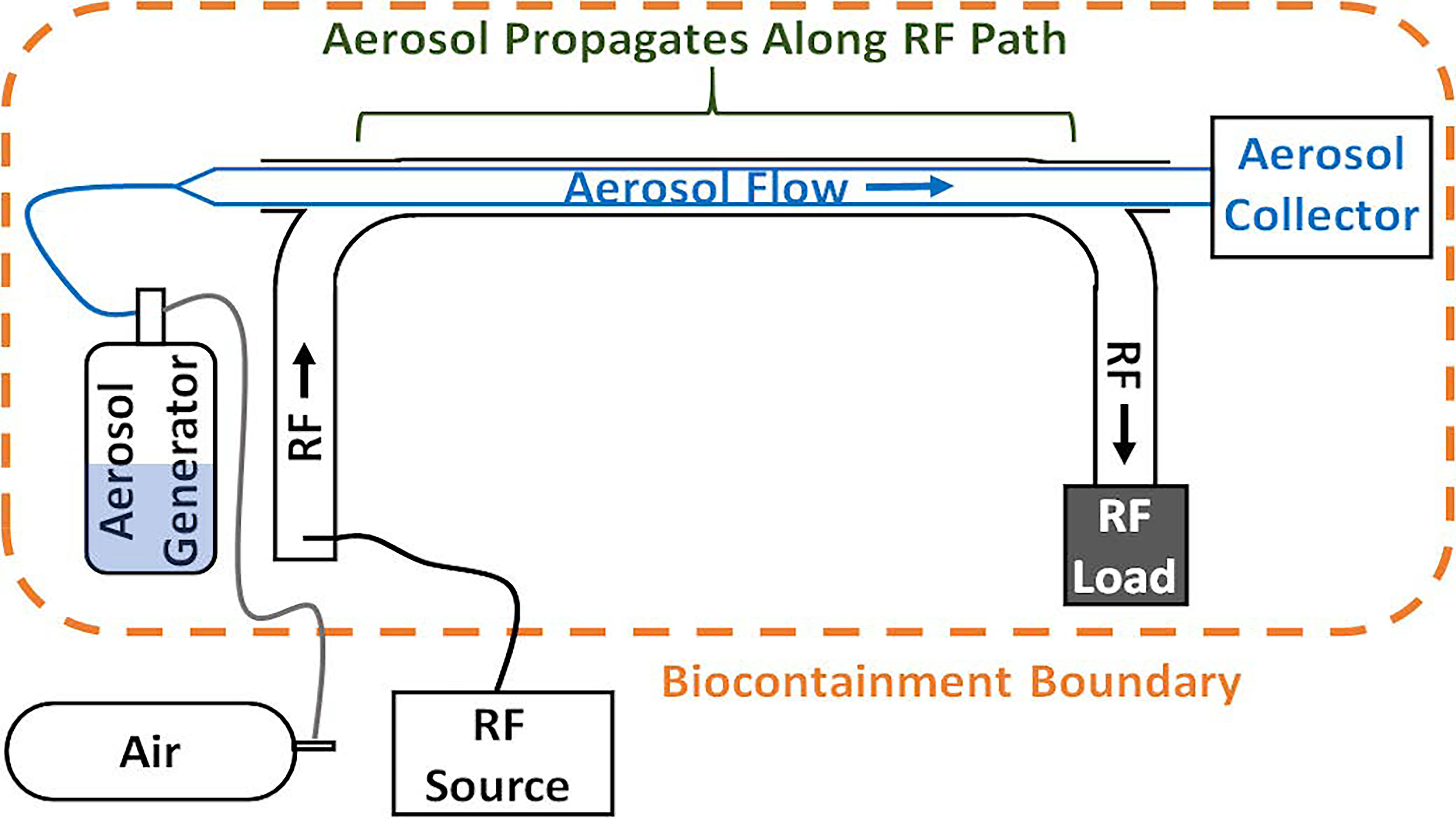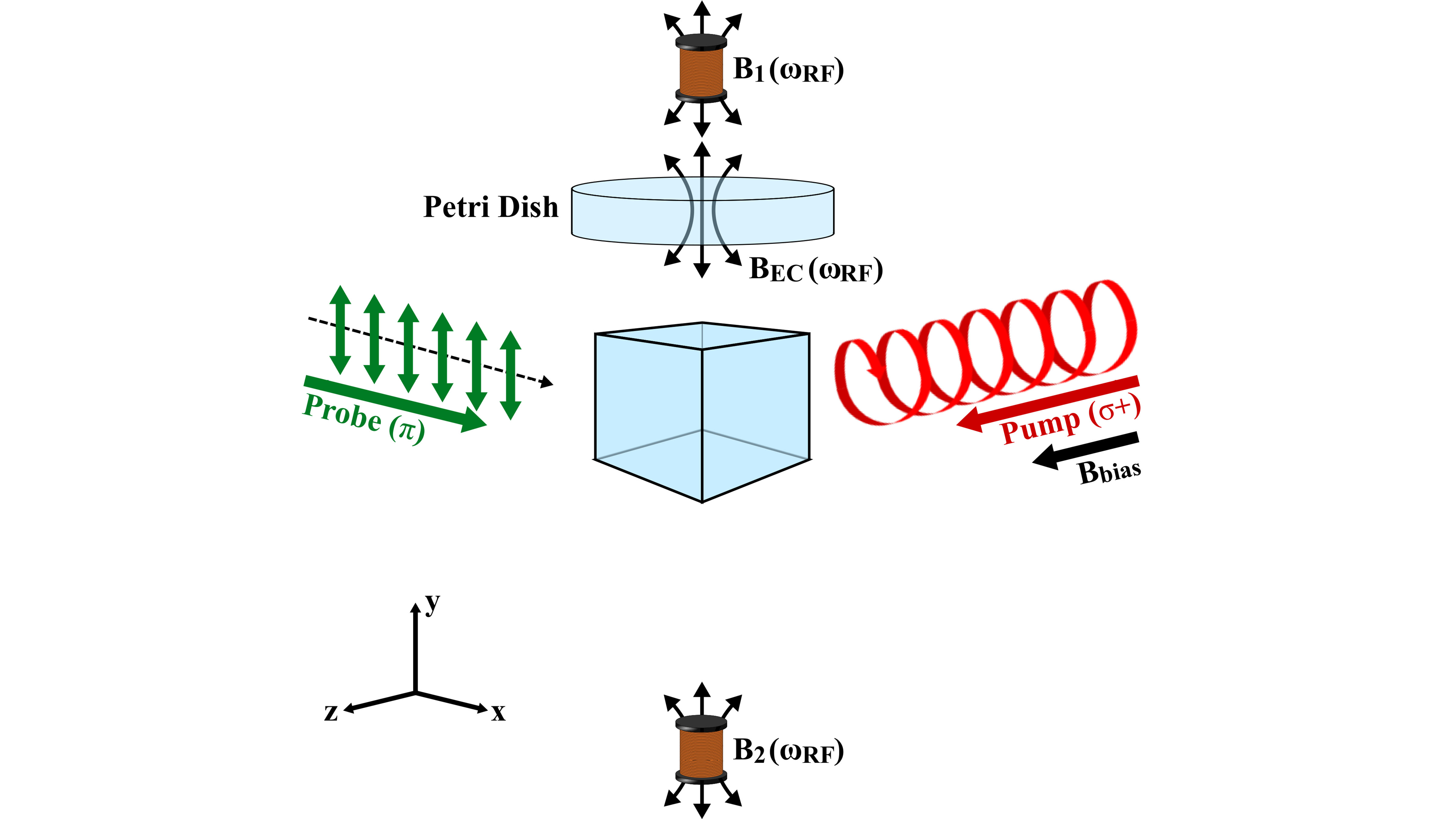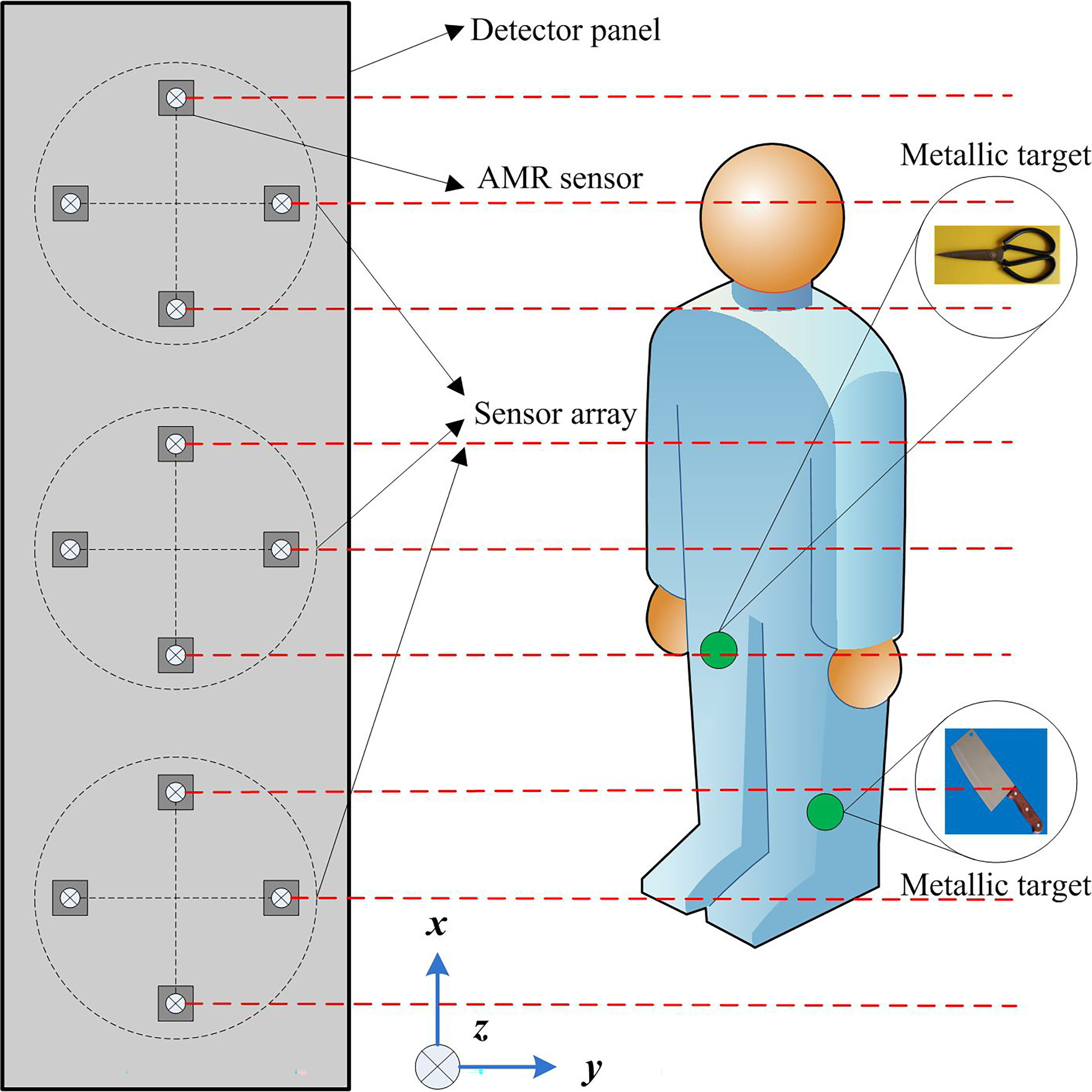A new concept termed waveguide-assisted energy quantum transfer (WEQT) is presented to improve the single emitter-cavity coupling strength by extending the interaction cross-section. Multiple ancillary emitters are optically connected by a waveguide, providing an indirect coupling channel to collect and transfer the energy quantum from target emitter to cavity. An enhancement factor >10 can be easily achieved. A photon gate with controlling bits is designed to reveal the new degrees of freedom offered by WEQT.
Tag: Electromagnetic
Arbitrarily rotating polarization direction and manipulating phases in linear and nonlinear ways using programmable metasurface
Independent controls of various properties of electromagnetic (EM) waves are crucially required in a wide range of applications. Towards this goal, scientists in China proposed the concept and general theory of space-time-polarization-coding (STPC) metasurface, which adds the functionality of arbitrarily controlling polarization direction compared to space-time-coding (STC) metasurfaces. The proposed approach has a wide range of applications in various areas, such as imaging, data storage, and wireless communication.
Zero-index metamaterials and the future
Zero-index metamaterials (ZIMs) have the potential to revolutionize electromagnetic and microwave applications.

Microwaves Used to Deactivate Coronavirus, Flu, Other Aerosolized Viruses
As the pandemic continues, scientists are increasingly focused on developing methods to assist in decontaminating surfaces and spaces. In Review of Scientific Instruments, researchers report on experimental tools capable of presenting electromagnetic waves to an aerosol mixture with the capability to vary power, energy, and frequency of the electromagnetic exposure. The researchers seek to better characterize the threshold levels of microwave energy needed to inactivate aerosolized viral particles and reduce their ability to spread infection.

Atomic Magnetometer Points to Better Picture of Heart Conductivity
Mapping the electrical conductivity of the heart would be a valuable tool in diagnosis and disease management, but doing so would require invasive procedures, which aren’t capable of directly mapping dielectric properties. Significant advances have recently been made that leverage atomic magnetometers to provide a direct picture of electric conductivity of biological tissues, and in Applied Physics Letters, new work in quantum sensors points to ways such technology could be used to examine the heart.

Low Power Metal Detector Senses Magnetic Fingerprints
Recent studies have shown metallic objects have their own magnetic fingerprints based on size, shape and physical composition. In AIP Advances, from AIP Publishing, scientists look to leverage these observations to potentially create a smaller and cheaper system that is just as effective as their larger counterparts.